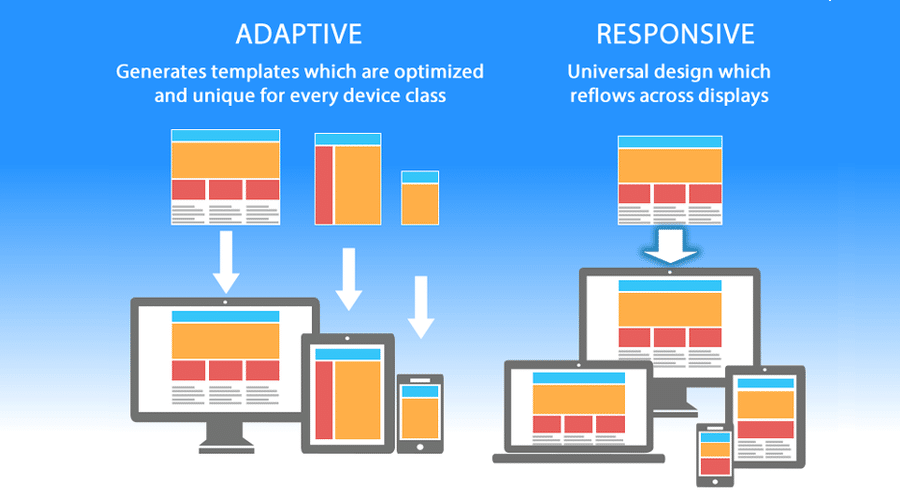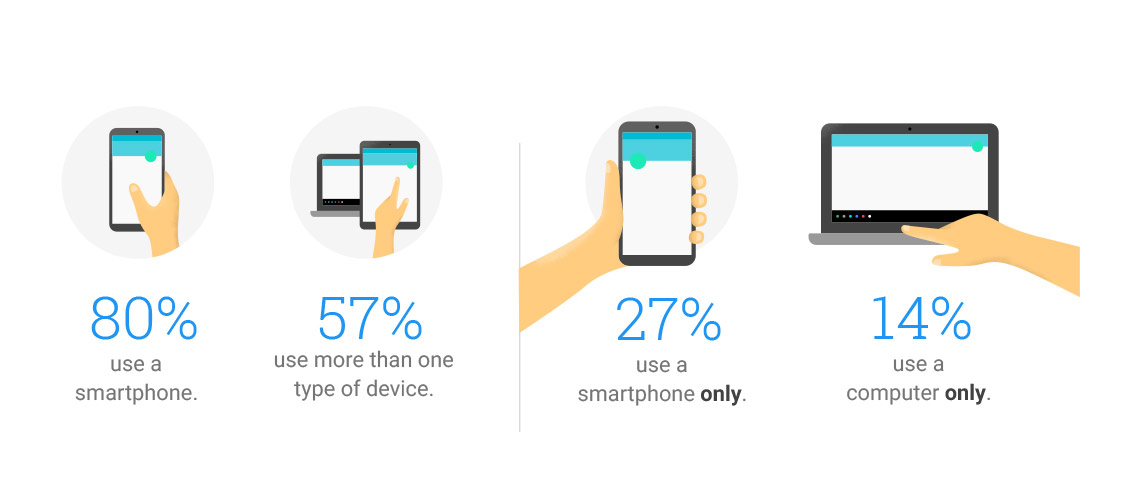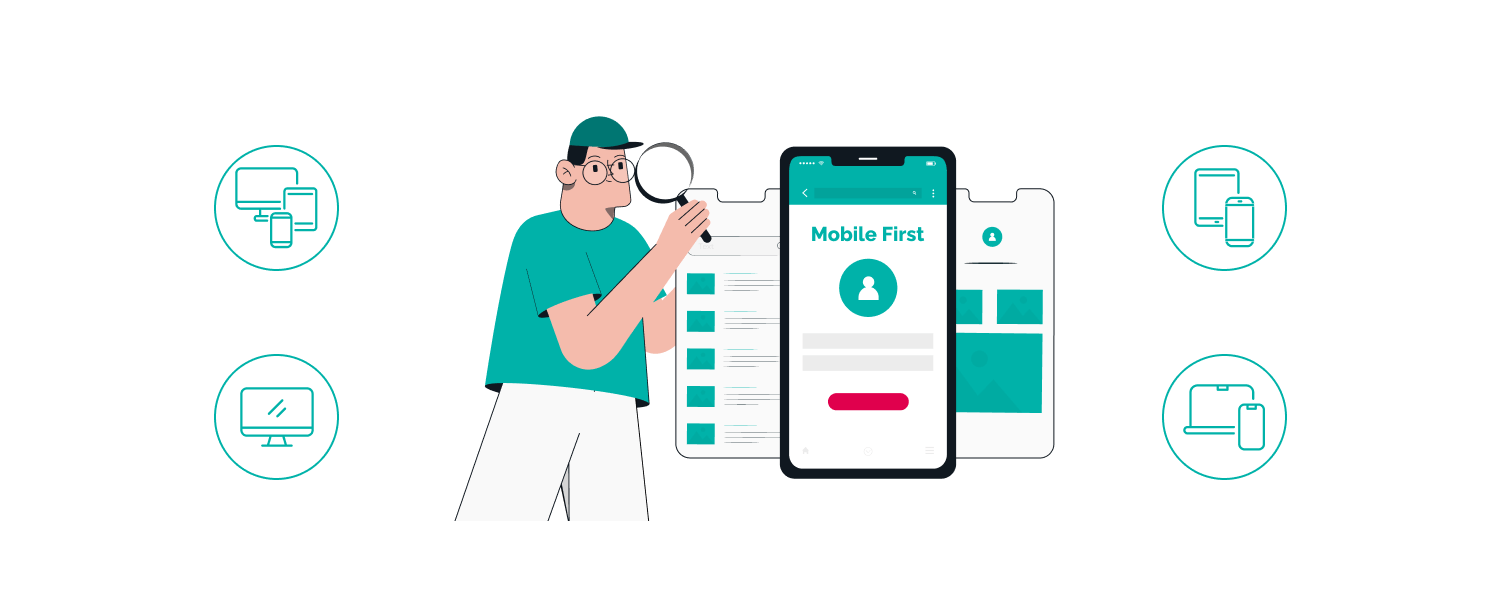
Introduction
In today’s hyper-connected world, Dubai stands out as a digital hub where mobile usage is not just growing—it’s dominating. From e-commerce to food delivery, nearly every transaction starts from a smartphone. This shift has made responsive web design not a luxury, but a must-have.
If your website doesn’t adapt to mobile screens instantly and seamlessly, you’re probably losing customers—especially in a city like Dubai, where expectations are sky-high. Let’s explore why mobile-first success starts with responsive design and how businesses can stay ahead.
What is Responsive Web Design?

Definition and Core Concepts
Responsive web design is an approach where a website automatically adjusts its layout, content, and functionality based on the device it’s viewed on—be it a smartphone, tablet, or desktop. The goal? Deliver a consistent and optimal user experience no matter the screen size.
How It Differs from Adaptive Design
While adaptive design uses multiple fixed layouts to fit devices, responsive design is fluid. It uses flexible grids, media queries, and dynamic content to offer a smoother, more natural browsing experience. It’s the more modern and scalable solution.
Mobile Usage Trends in Dubai

Smartphone Penetration Rates
Dubai boasts one of the highest smartphone usage rates in the world. With over 90% of residents using smartphones, mobile-first is not just a buzzword—it’s the reality. From banking to shopping, users expect mobile-optimized experiences.
User Behavior and Expectations
Dubai’s tech-savvy population expects lightning-fast pages, clean mobile interfaces, and instant access to services. If your site stutters or looks odd on a phone, users will bounce—and probably never return.
Why Mobile-First Matters for Dubai Businesses

User Experience is Everything
Think of your website as your digital storefront. On mobile, space is limited, so design, load time, and functionality must be tight. A mobile-first approach ensures your most important features shine where they matter most—on mobile.
Impact on Lead Generation and Sales
Responsive websites see higher conversions. Why? Because mobile-friendly layouts make it easy for users to click, contact, and buy. This directly impacts sales, especially for service-based industries like real estate, healthcare, and tourism in Dubai.
SEO Advantages of Responsive Design

Google’s Mobile-First Indexing
Google now prioritizes the mobile version of websites for indexing and ranking. If your site isn’t responsive, your SEO suffers—plain and simple. Responsive sites also rank better in local searches, which is critical for Dubai-based businesses.
Better Bounce Rates and Time-on-Site
If users land on your site and it doesn’t load properly on their phone, they’ll leave immediately. This increases bounce rates, lowers time-on-site, and tells Google your content isn’t useful—damaging your rankings.
Responsive Design vs. Traditional Desktop Design
Limitations of Non-Responsive Websites
Desktop-only sites or poorly optimized templates feel broken on phones. Buttons are too small, menus don’t work, and text gets cut off. That’s a recipe for user frustration and lost conversions.
Real-World Examples from Dubai
Local businesses like luxury car dealerships and property developers have shifted to responsive platforms and seen massive improvements in mobile engagement and lead capture rates. The difference is often night and day.
The Role of Speed and Performance
Mobile Optimization = Faster Load Times
Responsive websites are lighter and faster because they avoid bloated desktop code on mobile. And in Dubai, where users expect fast everything, speed matters—a one-second delay can reduce conversions by up to 20%.
Core Web Vitals and UX Impact
Core Web Vitals are now a ranking factor. These metrics—like page speed, interactivity, and layout shifts—are harder to control on non-responsive sites. A responsive design ticks all the right boxes.
Cultural and Language Adaptation
Bilingual (Arabic/English) UI Design
Dubai is a multilingual city, and responsive sites must accommodate both RTL (right-to-left) and LTR (left-to-right) text directions. That’s why responsive sites built locally often outperform generic templates.
Regional Preferences and Layout Styles
Arabic-speaking users may prefer larger text, certain color schemes, and culturally appropriate icons. Responsive design allows for dynamic content and design shifts depending on user preferences and languages.
The Role of a Custom Web Development Company in Dubai
Benefits of Hiring Local Experts
A custom web development company in Dubai knows the local market, user behavior, and compliance needs better than offshore developers. They build responsive websites tailored for the UAE audience—not generic, one-size-fits-all sites.
Tailored UX for the Dubai Market
From integrating local payment gateways to following UI design trends that resonate with UAE consumers, local agencies provide contextual advantages you simply can’t outsource effectively.
Why You Should Hire Website Developers in Dubai
Local Market Knowledge
When you hire website developers in Dubai, you’re tapping into knowledge about Dubai’s regulatory environment, market trends, and consumer behavior—all crucial for responsive design success.
Faster Communication and Better Collaboration
Forget timezone delays and translation issues. Local developers offer faster updates, face-to-face meetings, and real-time project support, making the development process smoother and more responsive (pun intended).
Devherds – A Trusted Partner for Responsive Design
Expertise in Mobile-First Strategy
Devherds is a leading custom web development company in Dubai that builds responsive, mobile-first websites designed for performance. They’ve helped startups, SMEs, and enterprises transform their digital presence with sleek, conversion-optimized websites.
Why Dubai Businesses Choose Devherds
From real estate to retail, Dubai companies trust Devherds for their industry-specific insights, fast turnaround, and post-launch support. If you’re serious about success in 2025, they should be on your shortlist.
Cost Considerations and ROI of Responsive Design
Long-Term Gains Over One-Time Savings
Yes, responsive design costs more upfront than a generic template. But it delivers more traffic, more leads, and more conversions—paying for itself many times over.
Business Growth Through Better UX
Better UX = better engagement = better business. A responsive site drives organic traffic, boosts brand trust, and keeps users coming back.
Mistakes to Avoid in Responsive Web Design
Overcomplicating Mobile UI
Cluttered menus, unnecessary animations, and too many form fields can destroy the mobile experience. Keep it clean and simple.
Ignoring Local User Behavior
Dubai users expect bilingual support, fast loading times, and trust signals like local contact info. Don’t ignore these in your responsive design strategy.
The Future of Mobile-First Web Design in Dubai
Integration with AI, Chatbots, and Voice Search
Tomorrow’s websites will do more than respond—they’ll predict. AI, chatbots, and voice integration will make responsive sites even smarter.
Emerging Device Adaptability
With wearables and foldables entering the market, responsive design is evolving to support new screen types, touch interfaces, and UX patterns.
Conclusion
In Dubai’s fast-moving, mobile-driven digital ecosystem, responsive web design isn’t optional—it’s foundational. Whether you’re a startup or an enterprise, building mobile-first ensures better visibility, higher engagement, and more revenue. So if you’re ready to win online, start by building responsive—with a team that gets Dubai.







